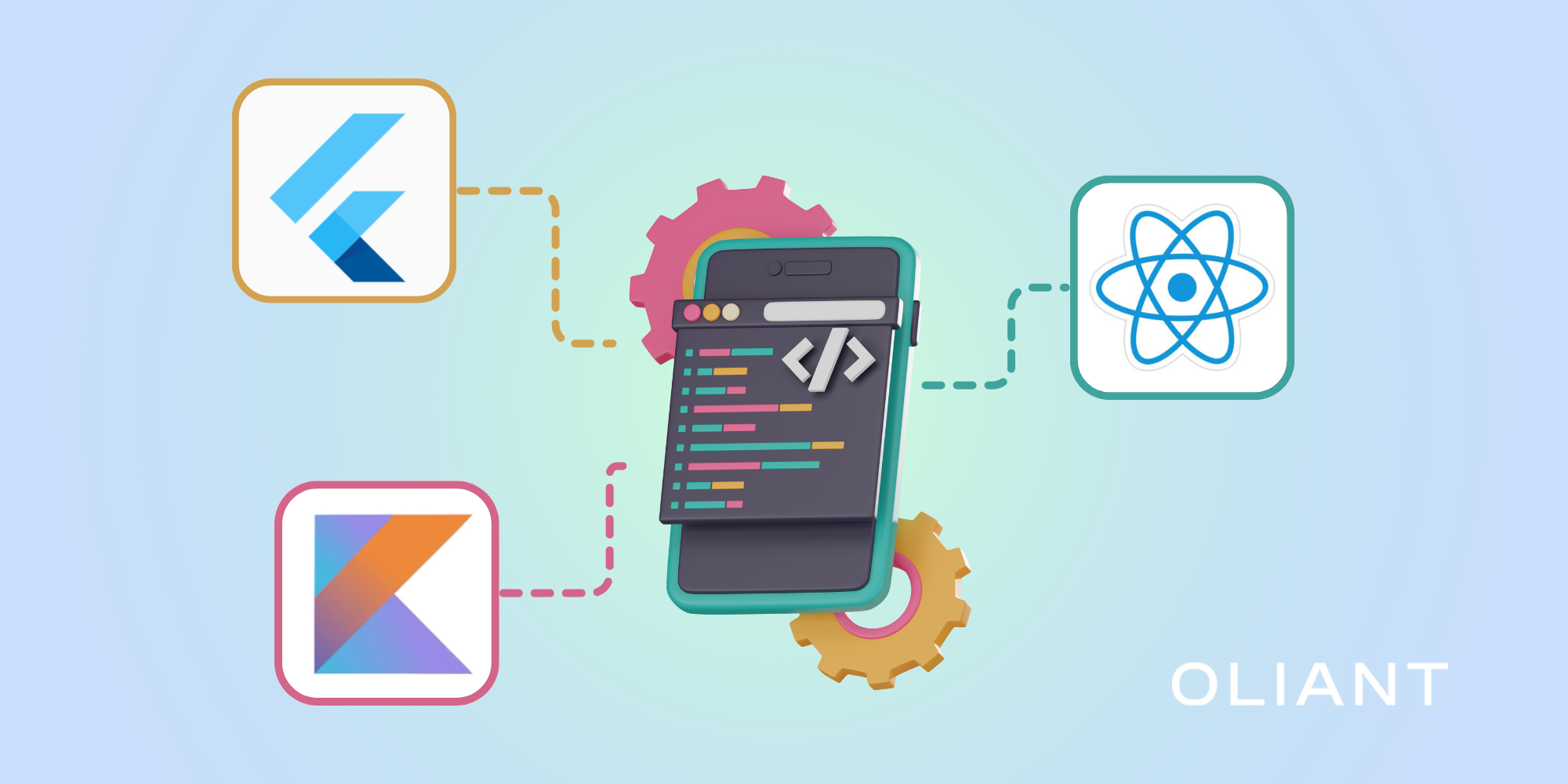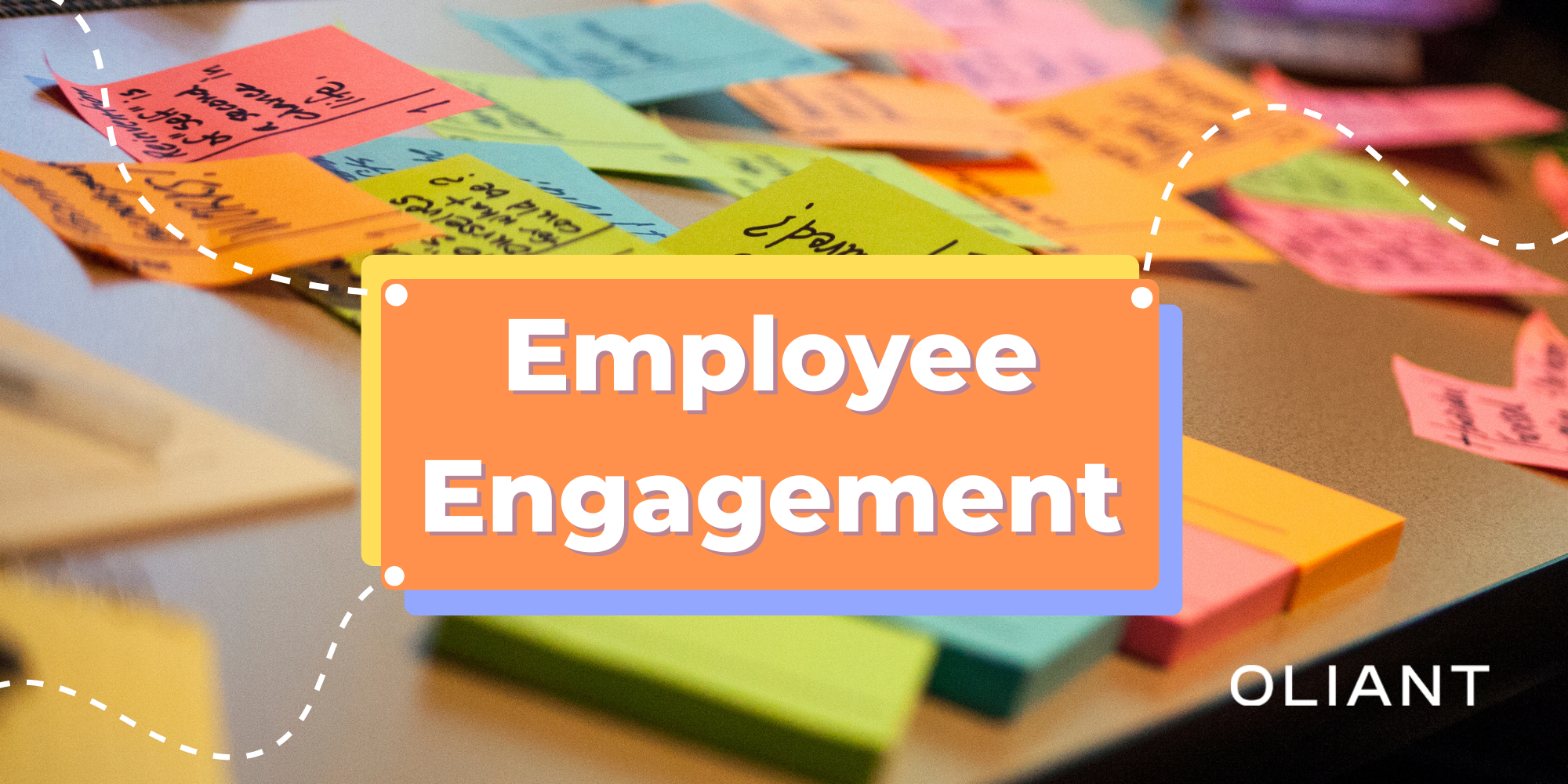The fact that data is the backbone of modern strategic decision-making is a given. The amount of business data keeps rising day by day, so it shouldn't be a surprise that for IT professionals and enthusiasts alike, understanding Salesforce AI is not just an advantage—it's a must.
Formerly known as Tableau CRM and Einstein Analytics, Salesforce has become one of the most efficient predictive AI-powered analytics tools. It boasts solid predictive analytics capabilities and user-friendliness, expediting data processing in sales, service, marketing, and other branches.
Salesforce AI, particularly its Einstein AI platform, is a game-changer in the realm of Customer Relationship Management (CRM) and beyond. It’s not just about managing customer interactions; it’s about foreseeing them.
So, how do you make the most of it?
What is Salesforce CRM Analytics?
For most organizations, predictive analytics used to be unreachable. However, recent advances in technologies like machine learning (ML) and AI (ML/AI) have made it more accessible than ever.
Currently, Salesforce holds a 33% market share in the CRM space, making it the largest CRM provider globally, surpassing competitors like Microsoft Dynamics (22%) and Oracle (11%).
The Salesforce Analytics Studio dashboard—part of the CRM analytics suite—is a powerful toolkit for profound data and predictive analysis. It allows companies to broaden their big data exploration, leading to more precise forecasting and advanced data visualization.
Certain certifications and licenses are required to access most of these tools, making expertise in Salesforce CRM analytics highly valued in today’s market. For example, specific licenses include Einstein Analytics Plus, Insights CLM Analytics, and the Salesforce Contracts Analytics App User, along with the CRM Analytics Plus License for advanced capabilities.
How are predictive analytics used?
One common entry point for using predictive analytics is through a company’s CRM system. Using tools like Salesforce predictive analytics, businesses can anticipate customer behavior across sales, marketing, and service channels.
This includes analyzing customers' past behaviors, such as product usage and spending patterns, to identify cross-selling opportunities or optimize the products and content shown to each customer.
A well-known case is streaming and video platforms like Netflix and YouTube, which use their algorithms to make recommendations that their users might enjoy based on their own and others viewing history. Another example is identifying customers at risk of leaving—sales teams can use CRM analytics to reach out and prevent churn. Financial institutions also apply predictive analytics to assess risk, such as predicting a mortgage applicant's likelihood of default based on factors like income and credit score.
Why Salesforce Data is Crucial for Predictive Analytics
The data businesses generate is a gold mine for improving customer experience, guiding decisions, and gaining a competitive edge. However, like raw gold, business data needs processing before revealing valuable insights—enter data analytics.
There are several types of data analytics. These include descriptive analytics, which explains what happened in the past, and diagnostic analytics, which explains why it happened. Businesses often use these forms of data analytics to generate reports on everything from company finances to inventory management and workforce productivity.
The main star, however, is predictive analytics, which answers the crucial question: What could happen next? To do so, it uses predictive models to look at the variables likely to influence future results. Once data has been collected for each variable, a statistical model is formulated.
By employing Salesforce AI and predictive models, businesses can forecast future trends based on historical data. Salesforce's Einstein Analytics makes this process even more streamlined, helping users harness real-time insights from their CRM data across various departments.
Implementing Salesforce’s Einstein AI Analytics
It’s safe to say Salesforce is at the forefront of reinforcing CRM systems with AI, going so far as to call itself the "#1 AI CRM." It has certainly been successful in saturating its Clouds with more and more AI-driven features and possibilities. And when we’re talking about all of this, it’s impossible not to mention its most vital tool: Salesforce Einstein Analytics.
Einstein Analytics is Salesforce’s advanced instrument designed to transform its data into actionable insights. It enhances the CRM platform with advanced AI features, enabling users to analyze large data sets, create interactive dashboards, and generate reports that reveal trends and opportunities.
What’s more, Einstein Analytics provides both predictive and prescriptive insights. Its integration with Salesforce is quite seamless and intuitive, allowing users to work effortlessly with CRM data, getting real-time insights into sales, marketing, and customer service performance. This has been shown to reduce forecasting errors by up to 30% and improve inventory turnover by up to 40%, according to McKinsey & Co.
Salesforce Einstein AI is particularly prized for its customizability. Using tools like Einstein Prediction Builder, businesses can create custom AI models without the need for coding, making AI-driven insights accessible to a wide range of users. Machine learning is another core component, allowing Einstein AI to improve predictions over time by analyzing historical patterns.
In sales forecasting, for example, Salesforce predictive analytics evaluates past sales and market trends to generate models that predict future revenue. In customer service, Einstein Bot uses machine learning to handle routine inquiries, while marketing teams benefit from AI-driven insights that determine the best engagement times and channels for personalized customer experiences. The possibilities are endless.
Other Salesforce AI-Powered Tool
Now, the platform doesn’t rely solely on Salesforce Einstein suite, in recent years, it has started offering integrations with GPT, as well as other AI models.
One example is Salesforce Einstein Discovery, which provides advanced analytics through machine learning. Einstein Discovery presents in-depth analyses in Stories, combining visualizations with narrative explanations, making the data more accessible to users without technical expertise.
Its unique format is made to produce four types of insights:
- Descriptive: What's going on?
- Diagnostic: Why it's like that?
- Predictive: What's about to happen?
- Prescriptive: What can be done?
Being a part of the CRM Analytics suite, ED uses machine learning, handles external data, and doesn't require data scientists or coders to work with it.
ED's focus on predictive and prescriptive analytics is its major advantage. Unlike the Prediction Builder, which gives specific forecasts on individual CRM records, Einstein Discovery helps to get a more generalized, comprehensive view of the business and makes it wildly accessible to all users.
How to Get Started With Predictive Analytics
While the full potential of predictive analytics is yet to be realized, even it’s current iterations have their own exciting features for businesses.
While some things may change and evolve in the future, it’s important for enterprises to fully capitalize on the features that exist today. If you're unsure where to start, we recommend following this simple, four-step process:
1. Collect data in one place. Predictive analytics requires a lot of data to work. However, for many organizations, this often lives in multiple, siloed systems. Having everything in one place will save you plenty of headaches.
2. Prepare the data. Once the data has been collected, it will need to be “cleaned” so that the predictive model can process it. This step can be time-consuming, but it’s essential, as better data leads to better results. How you need to clean it will depend on the systems you're using and your analytic goals.
3. Build the predictive model. Advances in technology mean this is easier than it sounds, as it can be done almost automatically. Analytics software can help businesses to develop, test, and implement a predictive model without needing a team of data scientists on standby.
4. Plan how to use the results. This is where the profit comes in. Making the most of your results may involve sharing insights with employees on the front line of dealing with customers, such as sales reps and marketers. Or it may mean embedding the output of the model into a business context, such as a mobile app for customers.
In a world that relies increasingly on data by the day, Salesforce AI offers an unparalleled advantage in harnessing predictive analytics for strategic decision-making. From sales to customer service, the power of Salesforce Einstein Analytics lies in its ability to deliver actionable insights quickly and effectively.
As more businesses adopt these technologies, the future belongs to those who can effectively turn data into a strategic asset.




















.png)





.png)



.png)









.avif)










.avif)
